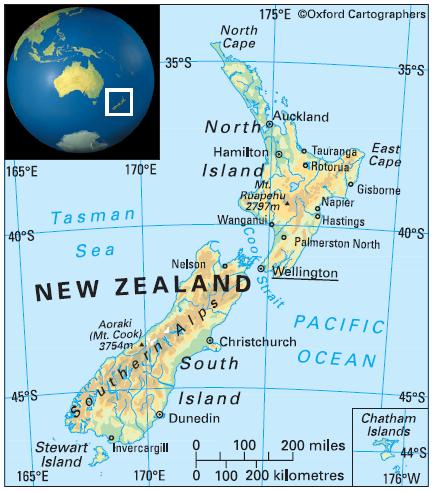Education in New Zealand
Joined Commonwealth: 1931 (Statute of Westminster) 
Population: 4,266,000 (2009)
GDP p.c. growth: 2.0% p.a. 1990-2009
UN HDI 2010: world ranking 3
Net primary enrolment: 99.2% (2009)
Net secondary enrolment: 95.9% (2009)
Gross tertiary enrolment: 83.5% (2009)
Public spending on education was 6.4% of GDP in 2009. There are 12 years of compulsory education starting at age five. Net enrolment ratios are 99.2% for primary and 95.9% for secondary (2009), and the gross enrolment ratio for all levels of education combined is 111.6% (2009). The pupil-teacher ratio for primary is 15:1 and for secondary 14:1 (2009). The school year starts in January.
About 83.5% of the relevant age group is enrolled in tertiary education (2009). There are numerous colleges of education (Auckland, Palmerston North, Wellington, Christchurch and Dunedin), and the University of Waikato has its own School of Education. There are also 8 government-funded universities (Auckland, Auckland University of Technology, Waikato, Massey, Victoria at Wellington, Canterbury, Lincoln and Otago) and 25 polytechnics. In 2007, 443,801 domestic students and 39,942 international students were enrolled in higher education establishments. Maori Education Trust awards scholarships and grants to promote Maori education. The female-male ratio for gross enrolment in tertiary education is 0.73:1 (2009). There is virtually no illiteracy among people aged 15-24.
Following a thorough review of the curriculum that was implemented from 1992, and extensive consultation, a new school curriculum was launched in 2007/08. Since the early 1990s, the population has become increasingly diverse, technologies more sophisticated and the demands of the workplace more complex.
In the tertiary sector, the government aims to make life-long learning available to all New Zealanders and to strengthen the links between educational institutions and their client communities, and encourage innovation.



